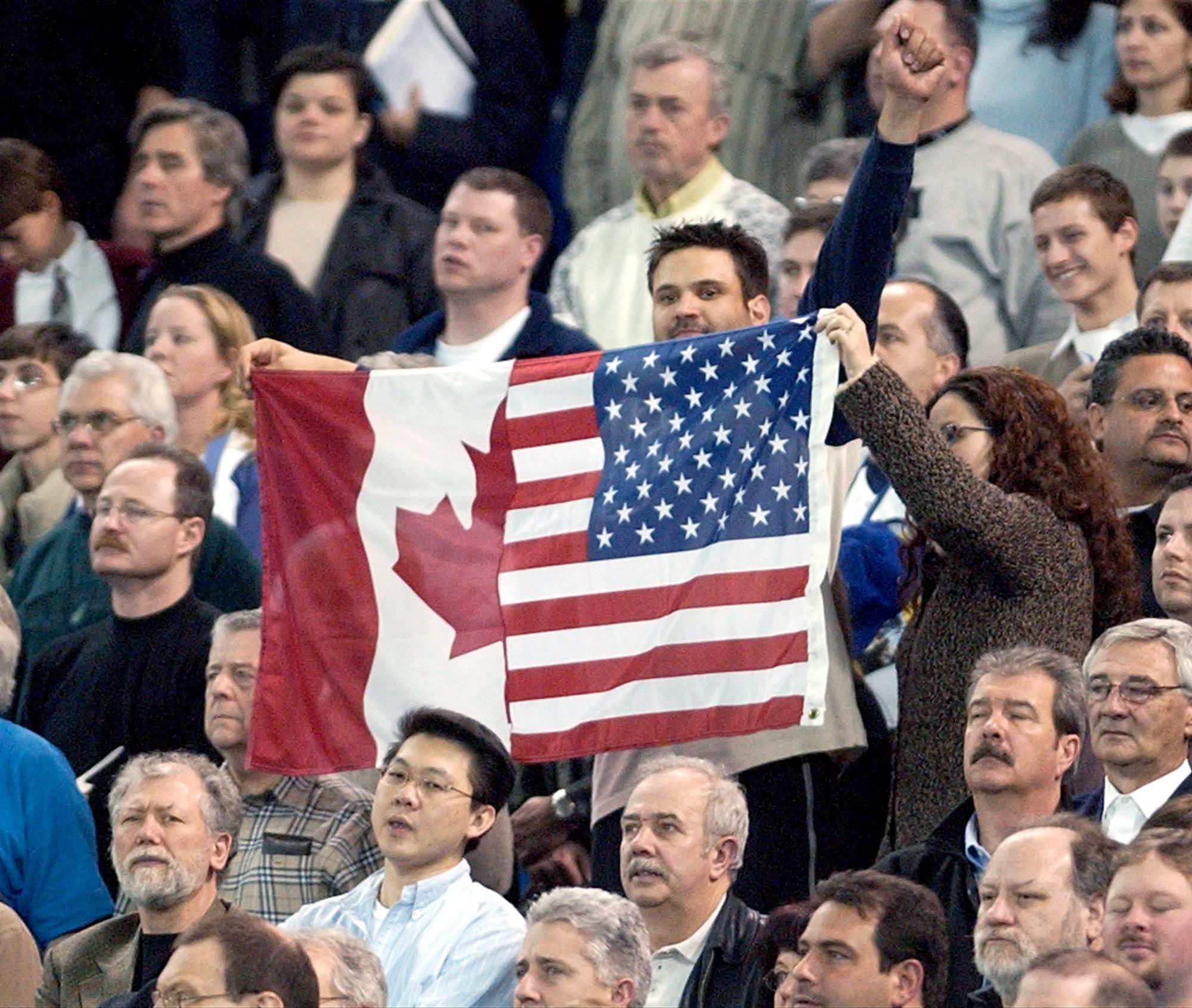In The Weekly Wrap Sean Speer, our editor-at-large, analyses for Hub subscribers the big stories shaping politics, policy, and the economy in the week that was.
Get ready—a revised North American free trade arrangement is coming
It seems clear that between late November when Donald Trump first raised the prospects of tariffs on Canada and last weekend when he officially announced them, the Trudeau government wrongly put all of its eggs in the basket that it could persuade him to change his mind. Now that we’ve gotten a 30-day reprieve, we cannot afford to waste this time too.
Although the temporary agreement is ostensibly focused on fentanyl, Trump’s social media post emphasized that the delay was meant to see “whether or not a final economic deal with Canada can be structured.” This suggests that all of this turmoil will eventually culminate in the renegotiation of the United States-Mexico-Canada Agreement (USMCA) under the threat of imposing tariffs, withdrawal from the agreement, or some combination of the two.
Canadian policymakers need to be ready. They should be devising a renegotiation strategy over the next 30 days that accepts that any negotiation is going to be suboptimal. It will be conducted under a state of duress and the lesson of the past weeks is that there’s no guarantee that Trump will ultimately honour an agreement. Yet it’s still in the country’s interests to try to maintain a free trade agreement with the U.S.
We must therefore have a clear understanding of our own priorities in advance of the USMCA’s renegotiations. The administration’s lack of clarity on what it precisely wants can actually be an advantage. We have a chance to shape the negotiations and fill-in-the-blanks of America’s policy goals by exercising first-mover advantage—by setting out a new vision for a North American economic and security partnership.
Such a proposal must be cognizant of the administration’s understanding of the end of unipolarity and the requisite adjustments to America’s economic and foreign policy. Trump’s top advisors firmly believe that the U.S. can no longer accept the asymmetric economic and security arrangements with its allies that have marked the past several decades. Those in its orbit (or bloc) will face greater expectations than ever before. We’ll need to bring more to the relationship.
This requires Canadian policymakers to reach beyond the typical playbook. Radical ideas like economic union or a common carbon border adjustment policy should be considered. The same goes for a bilateral arrangement on drug development costs and consumer prices. Or even shared border patrols and Arctic defence bases.









